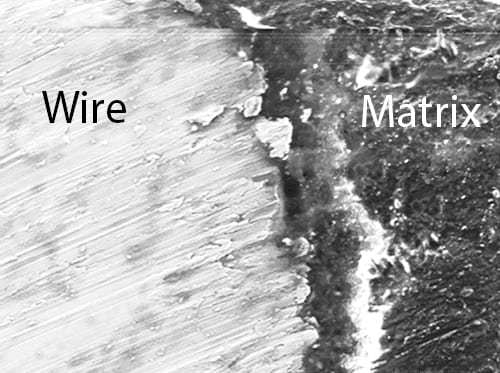By incorporating shape memory alloys into a polymeric matrix it may be possible to create active nano-composites. This class of materials would allow new opportunities and technological innovations. More resistant, lighter, and versatile materials which additionally have a specific functionality can become an industrial reality in near future.
Shape memory alloys have attracted much interest in recent years. They remember and return to its original shape after the imposition of an external stimulus, as temperature or electric power. The external stimulus induces a reversible phase transformation of the material. The influence of activation of shape memory alloy nano-composite embedded in an epoxy resin matrix on the thermo-mechanical properties, however, is still unknown.
 This was focus of scientists from the Federal University of Campina Grande in Brazil. They studied the morphology, thermo-mechanical properties and transition temperature of active nano-composites reinforced by shape memory alloy wires.
This was focus of scientists from the Federal University of Campina Grande in Brazil. They studied the morphology, thermo-mechanical properties and transition temperature of active nano-composites reinforced by shape memory alloy wires.
Artur S. C. Leal et al. used an epoxy matrix containing bentonite clay to increase thermal stability and stiffness of the matrix. In their study, nickel titanium (Ni-Ti) wires, 0.29 mm in diameter, in various volumetric fractions served as shape memory alloy.
The results suggest that the behavior of the storage modulus that describes the ability of deformation can be improved by the addition of small amounts of shape memory alloy wires. At a certain degree a further increase of wire content has a negative effect on the storage modulus.
Moreover, when small amounts of shape memory alloy wire were incorporated into the matrix, no effect was observed. The volume fraction was too low for a phase transformation of the shape memory alloy wires action the epoxy matrix. Finally, the Brazilian researchers confirmed that the development of smart nano-composites is possible by using embedded shape memory alloy wires.

















